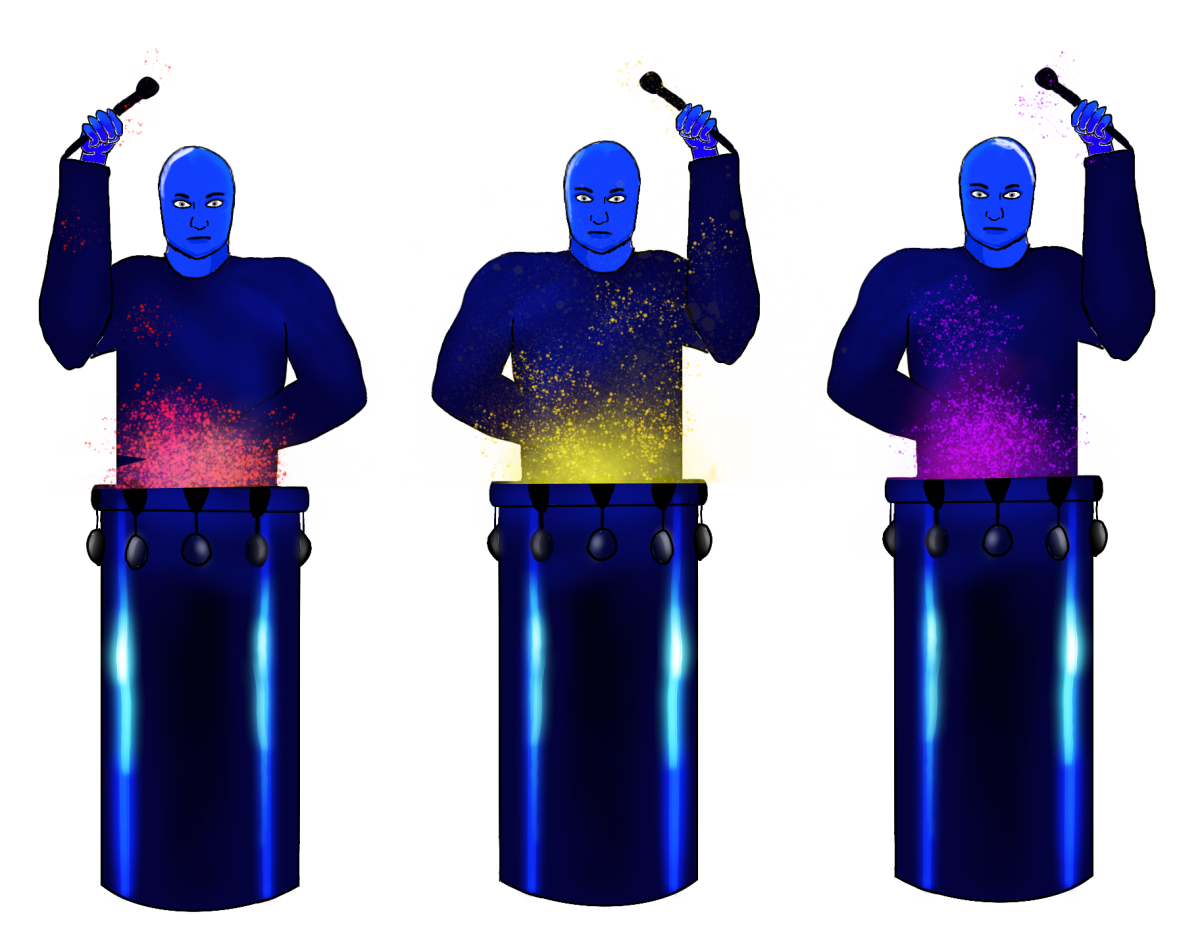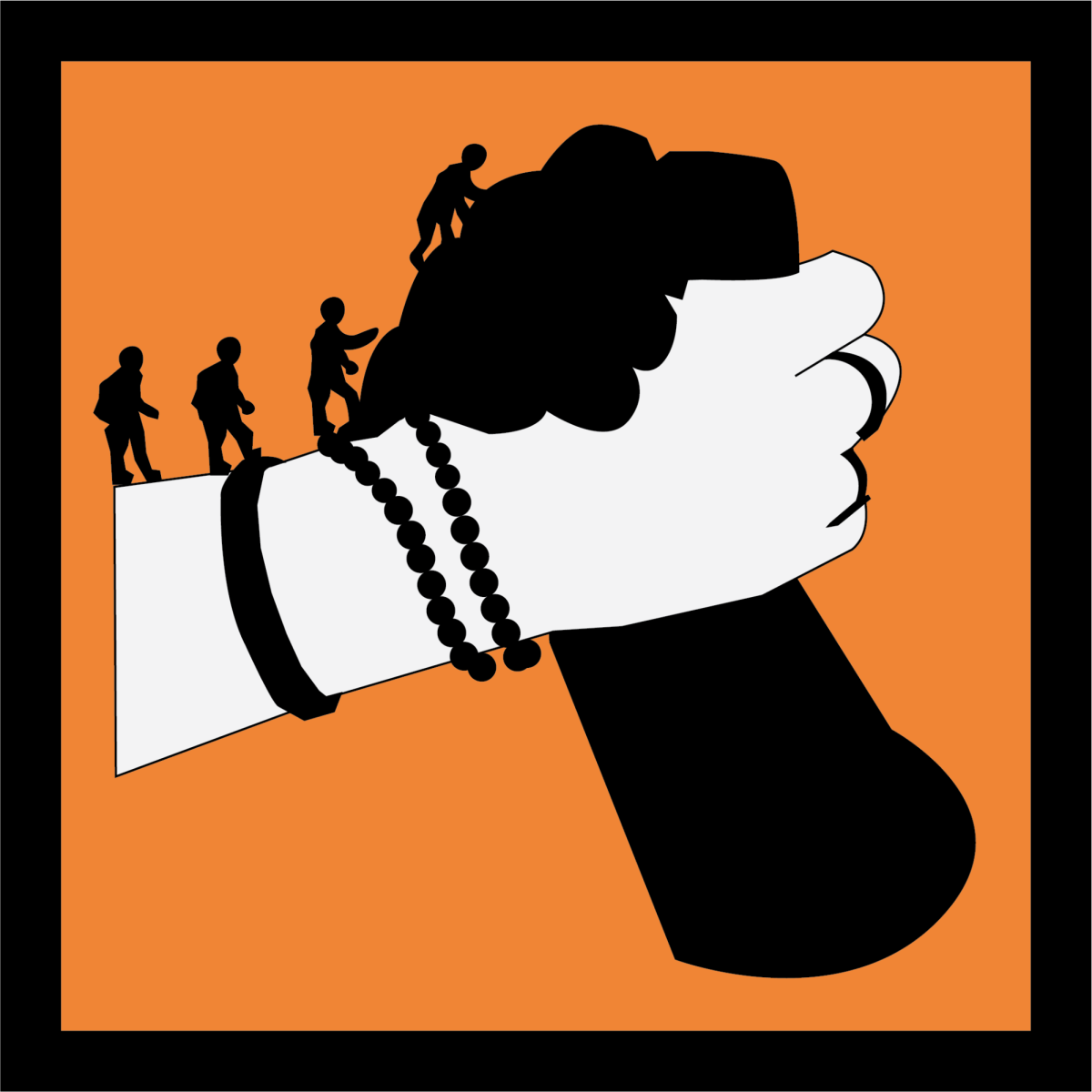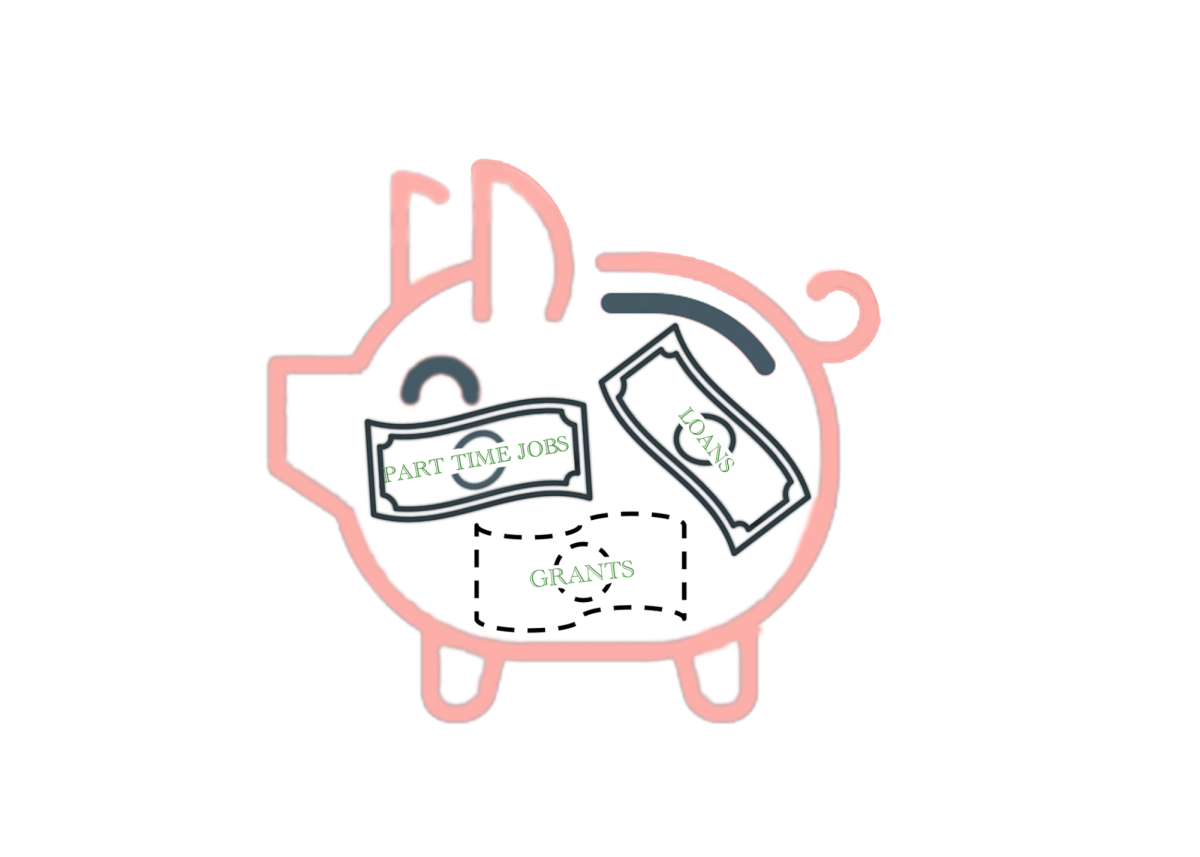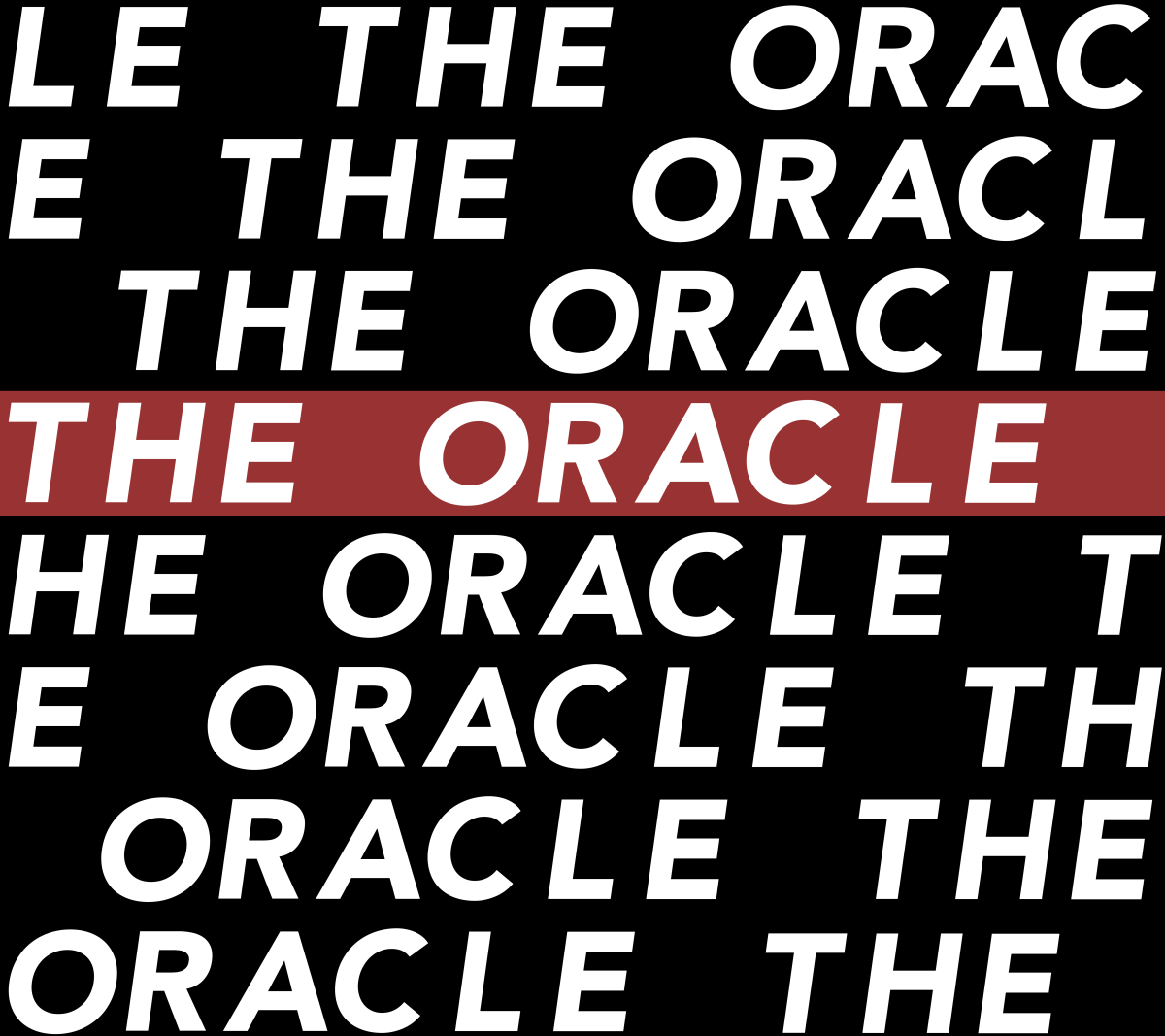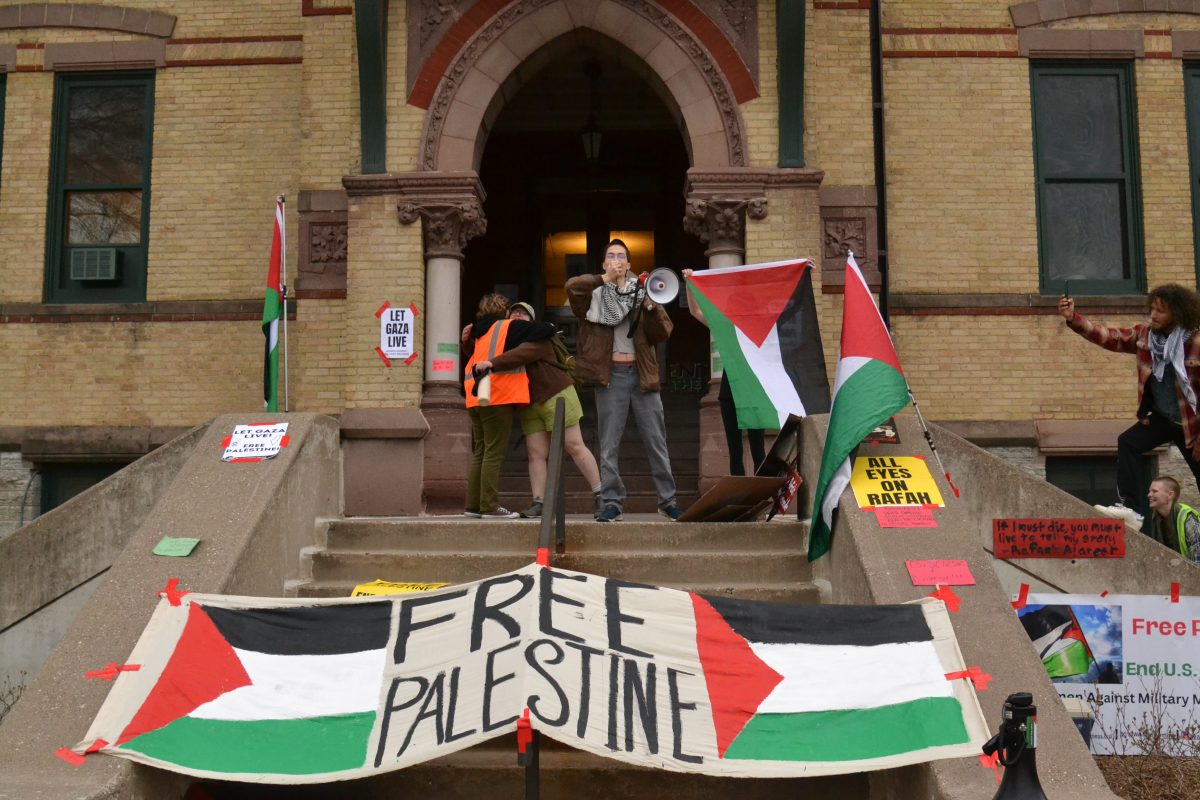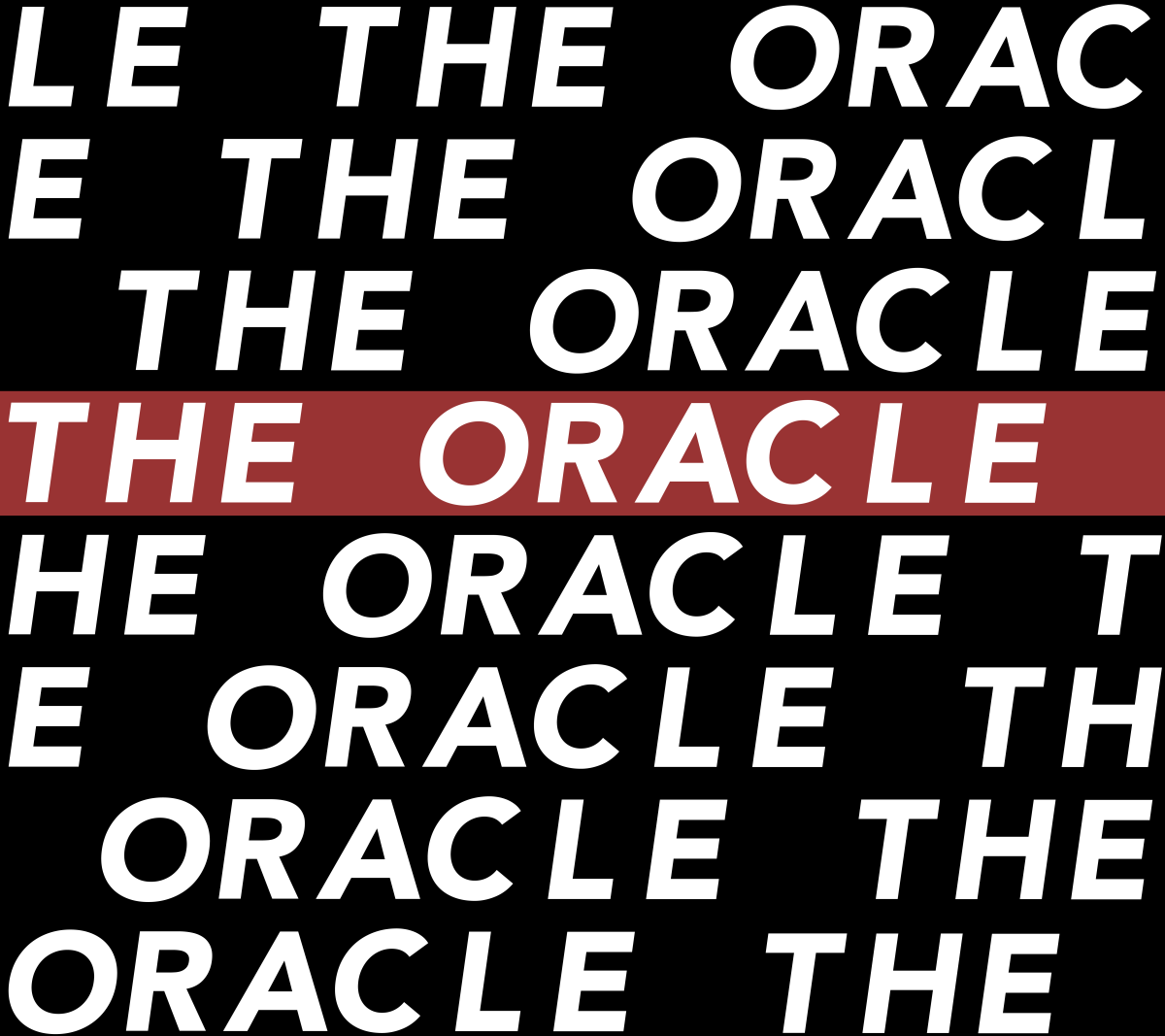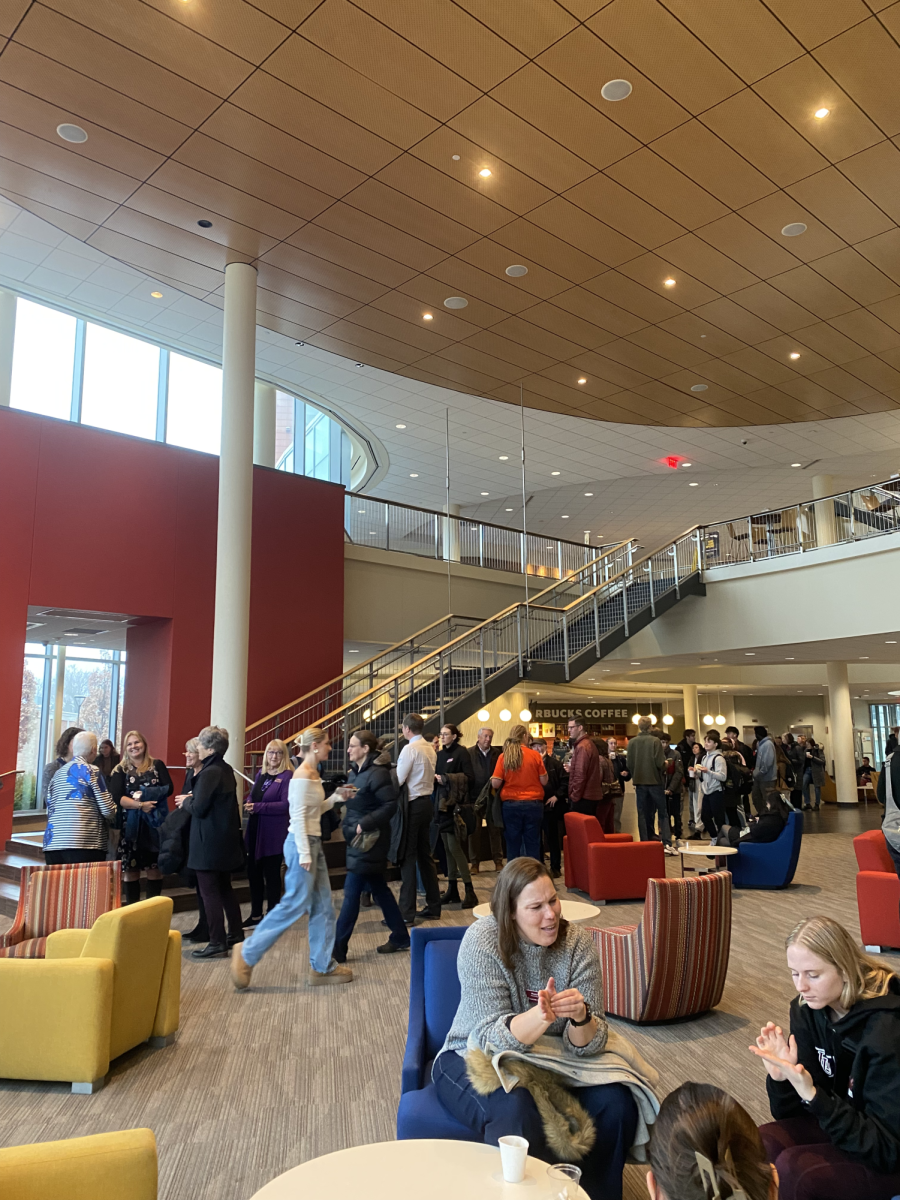Hair is a canvas for self-expression; for many, including myself, dyeing one’s hair in various shades is a form of art and individuality. Whether it is shades of neon green, pastel lavender or fiery orange, choosing an unconventional hair color is a bold statement. The dyes we choose can impact how others perceive and treat us. Hair colors are often associated with stereotypes, influencing how society treats them. I have had several hair colors and can attest that I get treated differently with every look.
DIRTY BLONDE
My natural hair color is dirty blonde, a shade similar to a light brown. I did not get many crazy hair comments when I was this shade. Individuals perceive hair like this as “normal” or “conventional” for someone who looks like me. When talking to three individuals with naturally dirty blonde hair, they explained they rarely hear compliments about their hair’s hue; they feel this color is often disregarded due to its commonality among white people. While this may not lead to overt small-mindedness, it can mean that those with dirty blonde hair are less likely to stand out in a crowd or be recognized for their unique qualities.
PURPLE
When I was 13, I felt bored of my hair and was itching to switch things up. I chose to dye my hair purple, and luckily, it yielded minimal discrimination. Those with purple hair reported sparse compliments besides probably getting a few weird looks from old ladies during Sunday church. In an Instagram poll of 26 hair dye lovers, 11% said they got the most compliments when their hair was purple. However, a friend with purple hair faced challenges, feeling they were taken less seriously due to societal biases against “unnatural” hair colors in professional settings.
RED
Next up was red. My hair was vibrant and looked like Ariel’s from The Little Mermaid. I loved it, and so did the people around me. Fiery red hair transformed me into an attention magnet, sparking flattery and flirtation. The transformation from my natural hair color to bold, lively red was like donning a new persona.
Compliments flowed, not just for the color but for its boldness. Like all hair dye, it is not just a color; it is a statement. My poll revealed that 54% of hair dye enthusiasts received the most compliments when redheads, highlighting this hue’s striking and attention-grabbing nature.
BLACK
My next hue was black. Dyeing my hair jet black led to me constantly being asked, “Are you, like, emo now or whatever?” At the time I was entering a little bit of an eyeliner, dark clothing and black hair type phase, which did not help with the emo allegations. Despite compliments, adopting black hair as a natural blonde prompted presumptions about personality traits and interests.
Jet black hair led to assumptions of association with alternative subcultures, bringing about fear, fetishization and unwarranted questions about emotional well-being. With black hair, my peers questioned me about whether I was depressed or in a “phase.” Most saw jet-black hair and associated it with a certain level of emotional intensity and angst. While I received lots of compliments on my hair, people assumed I was turning into a depressed, edgy and emo teen.
BROWN
After a few months, the black dye had faded and my hair was brown. Like my natural dirty blonde hair, I did not receive many comments. Brown hair is often seen as the middle ground, sandwiched between the bright and the dark. Its versatility can sometimes lead to its neglect, as it is a very common natural hair color.
Brown hair tends to be overshadowed by its more attention-grabbing counterparts. None of the people surveyed said brown yielded the most compliments for them. Four people I questioned expressed their natural brown hair got them the least compliments. Natural hair does not rope in much criticism or praise based on color alone. You are not making a statement or doing something bold, so people often have nothing to say.
BLONDE
I then decided to switch to blonde, and people adored my new color. Blonde hair, stereotypically associated with conventional attractiveness, drew praise and advances, accompanied by “dumb blonde” jokes about my intelligence. This praise and being considered more attractive for switching my hair made me understand why blondes have more fun.
Sophomore Maggie Paoli expressed that since she dyed her hair blonde, she “gets approached more in public and in classes because people think [she is] much more Elle Woods seeming, I guess.” Surprisingly, only four of the 26 surveyed answered blonde as the color that garnered them the most praise.
PINK
I currently flaunt beautiful bright pink hair. My pink-haired self experiences a lot of positive attention and admiration. Of those surveyed, 19% got the most compliments with pink hair. People often perceive the unique color choice as a symbol of confidence, non-conformity and zeal for life. One of my professors recently told me she loves seeing my pink hair in class because it fills her with so much joy. I often receive compliments from people admiring my boldness in standing out and embracing the vibrant energy that pink hair adds to my style. Whether it is a soft pastel pink or an eccentric fuchsia, this color choice is a statement that invites attention and curiosity.
Conversely, negative stereotypes can be associated with pink hair, perpetuated by societal norms and expectations. Some may perceive those with pink hair as rebellious, attention-seeking or unconventional in a way that challenges traditional norms. These stereotypes can lead to unwarranted assumptions about a person’s character, values or professionalism.
CONSIDERING ALL THIS COLOR
In the kaleidoscope of hair hues, our journey through color unveils more than just style — it unravels a tapestry of societal biases and preconceived notions. From the muted tones of conventionality to the electric shades of rebellion, every hue carries a story. While navigating this colorful spectrum, let’s not forget that the real masterpiece of dyeing one’s hair is embracing diversity and celebrating the audacity to be uniquely ourselves. Keep applying your bleach and hair dye because the most vibrant stories are written in the hues of individuality. Cheers to a life well-dyed!


